Government Initiatives and Regulations
Government policies and regulations promoting the use of biodegradable materials are significantly influencing the Polyhydroxybutyrate-co-Hydroxyvalerate Market. Various countries are implementing stricter regulations on plastic usage, encouraging industries to adopt sustainable alternatives. For instance, initiatives aimed at reducing plastic waste and promoting recycling are likely to create a favorable environment for the growth of biodegradable plastics. The Polyhydroxybutyrate-co-Hydroxyvalerate Market stands to benefit from these regulatory frameworks, as they incentivize manufacturers to invest in sustainable practices. Additionally, government funding for research and development in bioplastics is expected to enhance innovation, further propelling market growth. As these initiatives gain momentum, the market could experience a substantial increase in demand for biodegradable options.
Innovations in Production Technologies
Technological advancements in the production of Polyhydroxybutyrate-co-Hydroxyvalerate are pivotal for the market's expansion. Innovations such as improved fermentation processes and genetic engineering of microorganisms are enhancing yield and reducing production costs. These advancements are crucial as they enable manufacturers to produce high-quality biopolymers more efficiently. The Polyhydroxybutyrate-co-Hydroxyvalerate Market is witnessing a shift towards more sustainable production methods, which not only lower environmental impact but also improve economic viability. As production technologies evolve, the market is likely to see a surge in the availability of these biopolymers, catering to diverse applications in packaging, agriculture, and medical fields. This could potentially lead to a more competitive landscape, attracting new entrants and fostering further innovation.
Rising Demand for Biodegradable Plastics
The increasing awareness regarding environmental sustainability drives the demand for biodegradable plastics, including those in the Polyhydroxybutyrate-co-Hydroxyvalerate Market. As consumers and industries alike seek alternatives to conventional plastics, the market for biodegradable options is projected to grow significantly. Reports indicate that the biodegradable plastics market is expected to reach a valuation of approximately USD 20 billion by 2026, with a compound annual growth rate of around 15%. This trend is likely to bolster the Polyhydroxybutyrate-co-Hydroxyvalerate Market, as it aligns with the global shift towards eco-friendly materials. Furthermore, regulatory frameworks promoting the use of biodegradable materials are anticipated to enhance market growth, as manufacturers increasingly adopt sustainable practices to meet consumer expectations.
Growing Applications in Various Industries
The versatility of Polyhydroxybutyrate-co-Hydroxyvalerate is driving its adoption across various industries, thereby propelling the market forward. Applications in packaging, agriculture, and medical sectors are expanding, as these biopolymers offer unique properties such as biodegradability and biocompatibility. In the packaging industry, for instance, the demand for sustainable materials is rising, with the Polyhydroxybutyrate-co-Hydroxyvalerate Market positioned to meet this need. Furthermore, in agriculture, these biopolymers are being utilized for biodegradable films and controlled-release fertilizers, enhancing crop yield while minimizing environmental impact. The medical sector is also exploring the use of these materials for sutures and drug delivery systems, indicating a broadening scope of applications. This diversification is likely to sustain market growth as industries increasingly prioritize sustainability.
Consumer Preference for Eco-Friendly Products
The shift in consumer preferences towards eco-friendly products is a significant driver for the Polyhydroxybutyrate-co-Hydroxyvalerate Market. As awareness of environmental issues grows, consumers are increasingly seeking products that align with their values, particularly those that are biodegradable and sustainable. This trend is reflected in Market Research Future, which suggests that a substantial percentage of consumers are willing to pay a premium for environmentally friendly products. Consequently, manufacturers are responding by incorporating Polyhydroxybutyrate-co-Hydroxyvalerate into their product lines to cater to this demand. The rise in eco-conscious consumerism is likely to stimulate market growth, as companies that prioritize sustainability may gain a competitive edge. This evolving consumer landscape presents opportunities for innovation and differentiation within the Polyhydroxybutyrate-co-Hydroxyvalerate Market.


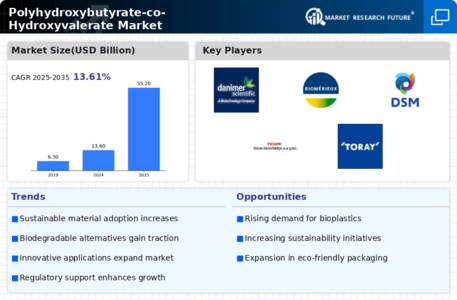
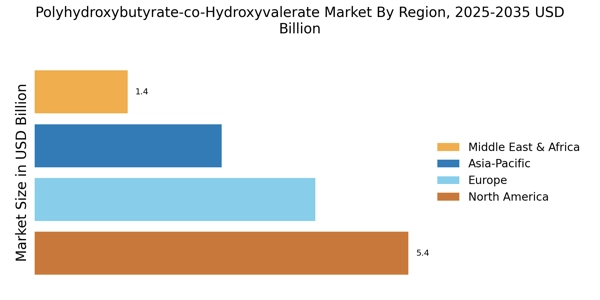

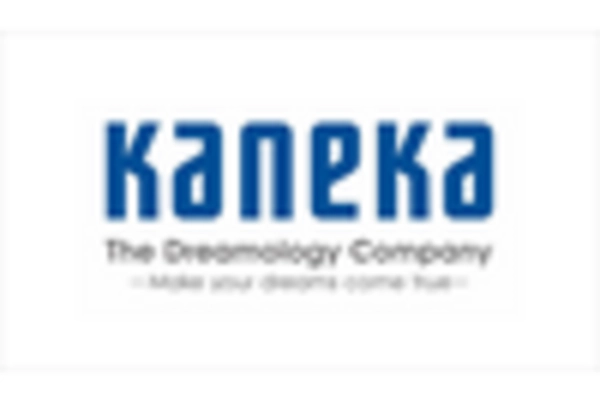

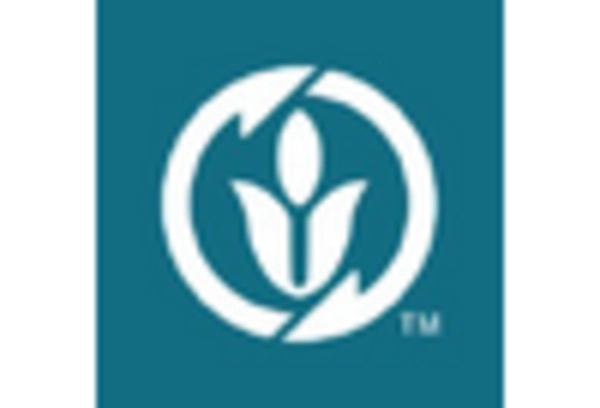
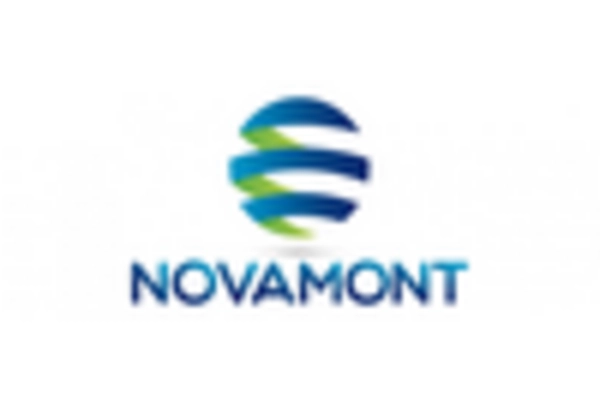
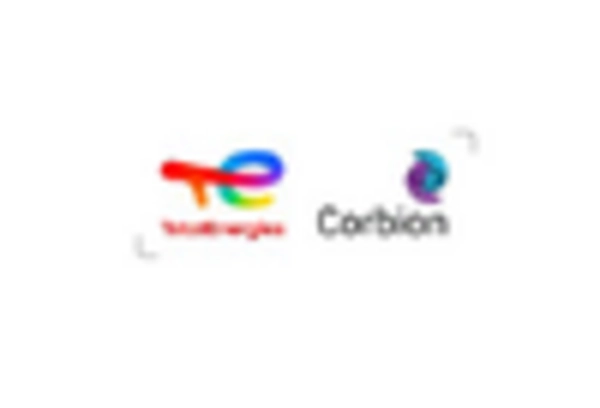
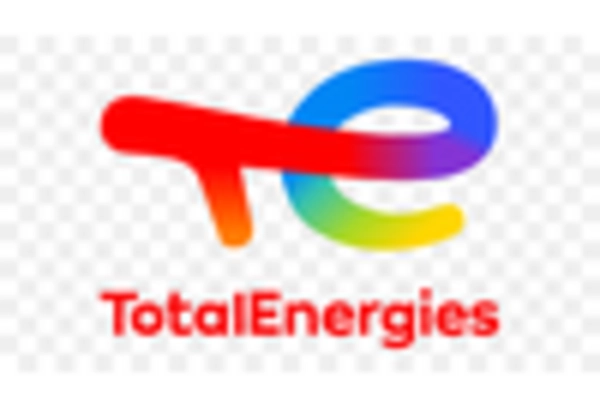








Leave a Comment